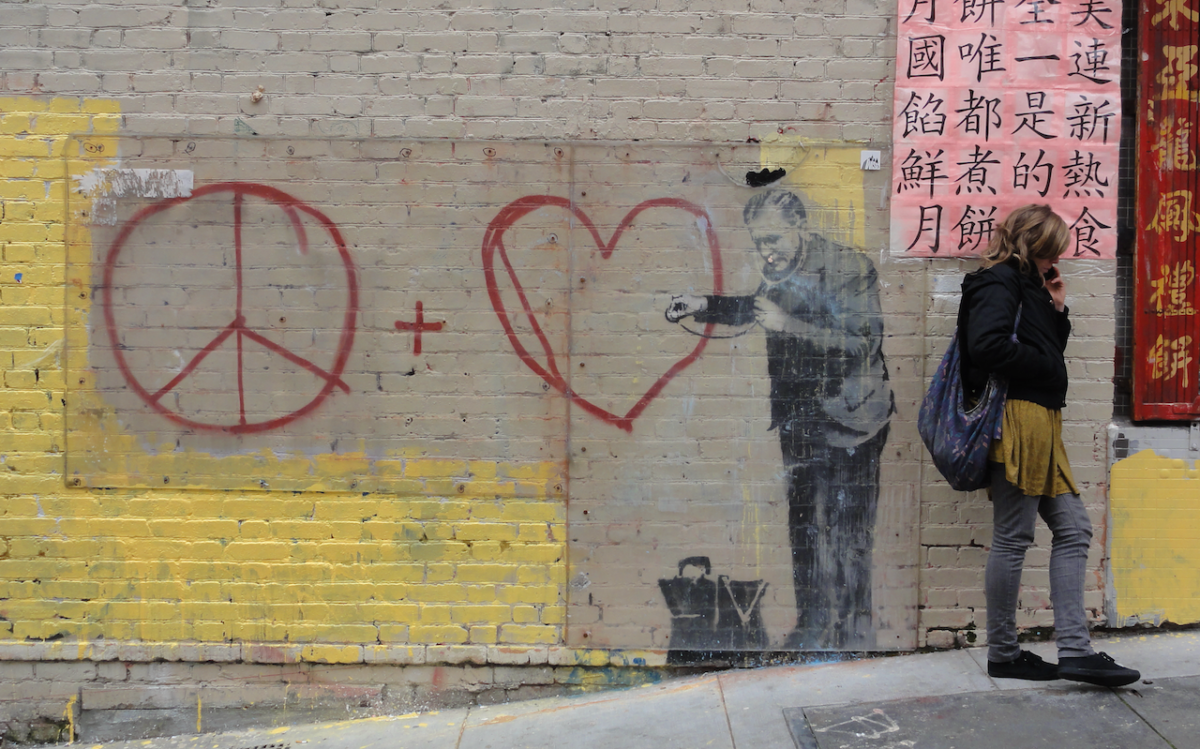Oversharing
-

Trying to Wrap My Head Around Machu Picchu
If you overthink Machu Picchu, it warps your brain. But when have I ever underthought something? Let’s go warping.
-

Traveling Violation
I *usually* give awesome travel advice. But, every once in a while, I’m an insufferable, overly critical schmuck. Sorry. I’m working on it.
-

How I Feel About Stoicism
I recently finished Ryan Holiday’s “The Obstacle Is the Way,” a very popular self-help book about modern stoicism, and I’m scratching my head. It’s a good book — I highlighted many passages that seemed written expressly for me — but I disagree with the premise. The author seems to say that…
-
Acceptance, Change, and Me
I have been thinking lately about how difficult it is to balance radical acceptance and self-growth. It has always been a challenge for me, and I’m willing to bet for many others, because the two concepts seem to have disparate objectives. First, some definitions. Radical acceptance is the ability to…
-

Meditation Observations
Today is the 500th day in a row that I’ve meditated. To celebrate, I’d like to share five hundred things I’ve learned: There are infinite ways to meditate: I like guided mindfulness meditation, but there’s no end of things to try if you’re interested. It’s always useful, even when it…
-

There Is Nothing Either Good or Bad, but Thinking Makes it So
I don’t have a successful relationship with self-help books. When I pick one up, it’s either because the name catches my eye — “The Subtle Art of Not Giving a Fuck” comes to mind — or I hear about it from a friend. If the book resonates with me, I’ll…
-

Author, Author
I tend to read two books at a time — one serious, one fun — because that’s just how I roll. A few weeks ago, I was delighted to discover that both books I was reading shared a similar, and important, message. First, from “Hola Papi” by John Paul Brammer:…
-
Negative Self-Talk? English Major to the Rescue!
Everyone has good and bad days.1 On my bad days, I find it hard to silence that little disparaging voice in my head. While I haven’t been able to make that whiny putz shut up, I have been able to lessen his impact. The trick is to use the right…
-
The Case Against Passion
Do what you love, and you’ll never work a day in your life. I’ve heard that cliché for longer than I can remember, and it has always rubbed me the wrong way. To me — in fact, I’d bet, to a lot of people in the workforce — this saying sounds…
-
Four Lives. Four Tragedies.
Two New York Times stories about suicide recently caught my attention. The first has to do with the Vessel, the 16-story staircase sculpture at Hudson Yards. Britt and I went there in June 2019, the day before WorldPride. It was closed because of rainy weather, but we were able to…